EXCLUSIVE: 2025 California Wildfires: Hard-Learned Lessons
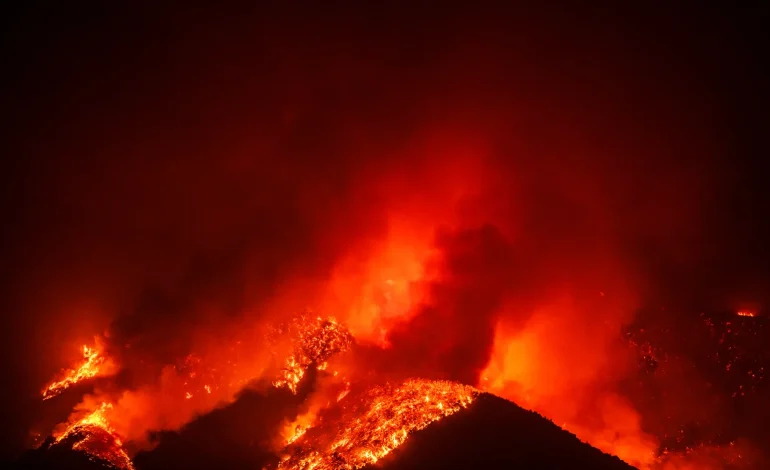
In January 2025, Southern California experienced a series of catastrophic wildfires that profoundly impacted the region, particularly the Greater Los Angeles area.
The most significant of these were the Palisades and Eaton fires, both igniting on January 7. Collectively, these fires resulted in at least 29 fatalities, the destruction of over 16,000 structures, and the displacement of nearly 200,000 residents. The Palisades Fire alone scorched approximately 23,707 acres, while the Eaton Fire consumed around 14,021 acres.
The rapid spread of these fires was exacerbated by severe drought conditions and powerful Santa Ana winds, which created an environment conducive to wildfire proliferation. The wildland-urban interface—zones where human developments meet natural landscapes—suffered extensive damage, with communities such as Pacific Palisades and Altadena being particularly hard-hit.
In response to the devastation, President Biden issued a Major Disaster Declaration on January 8, facilitating federal assistance for affected individuals, public infrastructure, and small businesses. The Environmental Protection Agency (EPA) was tasked with removing hazardous materials from nearly 14,000 properties impacted by the fires.
The economic ramifications are substantial, with damage estimates ranging between $28 billion and $275 billion, potentially ranking these wildfires among the most expensive natural disasters in US history. The insurance sector faces significant strain, leading to increased premiums and challenges in coverage availability for residents.
As recovery efforts continue, attention has turned to the upcoming rainy season. Experts warn that burn scars from the fires heighten the risk of mudslides and flooding, necessitating proactive measures to protect vulnerable communities.
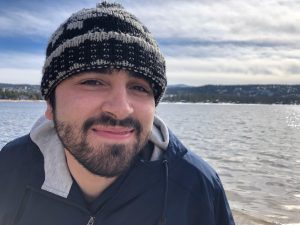
To get some insights on the causes and lessons of this calamity, Wyoming Star spoke with James Gomez, a Ph.D. candidate, Department of Earth & Planetary Sciences, at the University of California, Riverside. James is an expert in air quality, climate change, climate dynamics, and wildfires.
Wyoming Star: What were the primary environmental and climatic factors that contributed to the 2025 Southern California wildfires?
James: First, I think that it is important to understand the main factors that allow wildfires to occur, sustain, and spread. Campers tend to think about a “fire triangle” when trying to ignite a fire. The classic fire triangle is that a fire needs oxygen, heat, and fuel. When thinking about large-scale wildfires, I have a different triangle that I think about: ignition, fuel, and weather. This first question touches on the weather aspect of the triangle. Imagine you have a pile of twigs that you want to light on fire. You take a match (ignition) and throw it on the pile of twigs (fuel). If the twigs are wet, the air is cold, and the wind is still, there is no way for that pile of twigs to become a bright burning fire. The climate conditions in California at the time of the ignition of the fires certainly contributed to the size and severity of the fires. Starting with the natural factors, we are currently in a La Niña. La Niña is associated with dry conditions on the west coast as the Pacific is anomalously cold. Therefore, the drought we are experiencing is likely in part related to La Niña. Furthermore, California at the time was experiencing Santa Ana winds. These winds occur when a high-pressure system forms in the Great Basin during the cooler months. As the California coast is at a lower pressure, this creates strong winds that blow towards the coast. These winds can spread a fire extremely quickly, especially across hilly terrain. However, there is also the indisputable fact that the world is 1-1.5°C warmer than it was pre-industrial revolution. Warmer air reduces relative humidity, creating even drier conditions. Furthermore, the warmer it is, the easier it is for fires to ignite and spread.
Therefore, human-induced climate change certainly enhanced the natural weather conditions to create the perfect conditions for a fire to start and spread.
Wyoming Star: How did human activities, such as urban development or agricultural practices, exacerbate the wildfire risk in this region?
James: Here we reach the second part of the “fire triangle” I was discussing earlier: fuel. Imagine you are trying to light a fire on a hot, dry day with a match. However, you have nothing to burn. You drop the match on a patch of dirt. Nothing happens. In order for a large fire to occur, you need copious amounts of fuel. The fuel in this case is vegetation. The hills in Los Angeles are primarily covered by invasive grasses and a type of vegetation called “chaparral.” The grass should not be much of an issue, as the weather was so dry that not much could grow this year. Therefore, the issue is the chaparral. Chaparral are a collection of shrubs that grow in Mediterranean climates. Typically, there is a natural fire cycle to the chaparral: they are extremely fire resistant before the age of 30, but after this age, they become flammable. Therefore, after 30 years since the last burn, fire risk increases exponentially. Typically, fires occur in chaparral-dominated areas every 30-150 years. The earlier the fires occur, the less foliage there is to burn, and therefore the less risk there is of a megafire occurring.
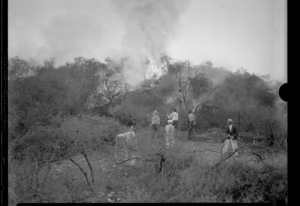
However, as urban development has sprawled into the habitat of the chaparral, there is a perceived need to suppress every fire that occurs in this chaparral, even if the fire occurs outside of fire weather conditions. As a result, the chaparral is allowed to grow thicker and thicker. However, it is impossible to suppress fires forever. Eventually, an ignition will occur in perfect fire weather conditions, at which point it becomes nearly impossible to put out before it spreads, creating incidents like the Palisades and Eaton fires. Therefore, there needs to be a better approach to fire suppression and more prescribed burns in these areas.
Wyoming Star: Were there any early warning signs or predictive indicators that were overlooked or underutilized?
James: It is very difficult to predict a specific date of an occurrence of a wildfire. As I mentioned, you need a lot of fuel and perfect weather conditions to get an explosive fire, but then you are not guaranteed an ignition. However, I can say that the hills that burned in LA this past week have not burned in decades.
I have seen many news stories recently where a resident who lost their home says, “My family has lived here for over a hundred years, and this has never happened!” If you live in the hills of LA for more than 30 years and have never seen a fire, it is only a matter of when, not if, a fire occurs. Fires are a natural part of the life cycle of chaparral, so fires are guaranteed to occur in those hills. Therefore, if you live in a heavily vegetated area that has not burned for a while, I would advise extreme caution if you decide to continue to live there.
Wyoming Star: What were the immediate ecological and economic impacts of the wildfires in Southern California?
James: Ecologically speaking, fires are a natural part of much of the vegetation in California. The chaparral ecosystems will recover just fine, as they are well adapted to large, infrequent wildfires. However, if the fires were large and hot enough to burn the crowns of water-starved trees in the region, it could decimate the population of certain types of trees without replacement. While I am not fully qualified to speak to the economic impacts, I can speak to the insurance industry a bit. Insurance companies tend to understand the risks of building homes on, or near, the densely vegetated hills. Therefore, many people who lost their homes are uninsured, and if homes are rebuilt there, they will certainly be uninsured in the future.
Wyoming Star: How have the wildfires affected air quality and public health in the region and beyond?
James: The wildfires undoubtedly had a strong effect on air quality in Los Angeles. The air quality in the city and the immediate area was considered “unhealthy” for multiple days during the fires.
Prolonged exposure to the particulates emitted from fires can lead to a slew of negative health effects, including cancer, cardiovascular disease, and respiratory disease. Young children who breathe polluted air are at a greater risk of developing asthma. What makes matters even worse is that the pollution from these fires was not your typical wildfire pollution. Since thousands of homes were burned, many of them built using old materials, dangerous chemicals were released into the air (such as asbestos).
However, much of the poor air quality is limited to the immediate region, as the Santa Ana winds blew most of the smoke out to the ocean.
Wyoming Star: Were vulnerable populations disproportionately affected by the wildfires, and if so, how?
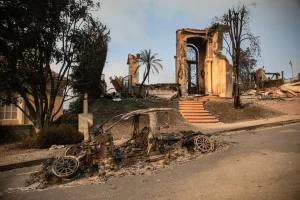
James: I have seen many people talk about how the fires, especially the Palisades Fire, have heavily impacted the wealthy relative to the vulnerable. However, I think that what people don’t realize is that as many people who lost their homes in these fires do not have insurance, the less fortunate are disproportionately affected. The wealthy can generally afford to buy or rent a new home elsewhere, even without insurance. The lower-income families, however, have lost everything. Furthermore, considering smoke, the working class cannot simply stay home from work with an air purifier running. I know many individuals in Los Angeles who work physical jobs to survive, and they had to work these jobs during the fires with little-to-no protection from poor air quality.
Wyoming Star: What role do controlled burns and forest thinning play in reducing wildfire risk, and how might these practices be expanded or adjusted?
James: Controlled burning and forest thinning are a great tool to reduce fire risk. Controlled burns are a practice developed by Indigenous Peoples who lived in this region before European colonizers arrived.
Intentionally setting fires when weather conditions permit weak, slow fires is a great way of removing swaths of vegetation without risking people’s homes. Furthermore, these weaker fires are good for the ecosystem, as they prevent crown fires. Forest thinning is certainly more difficult, as many of the areas prone to fire are on terrain that is hard to navigate, and it takes a lot of funding to pay for widespread tree removal.
Wyoming Star: How can advancements in technology, such as satellite monitoring or AI-driven predictive models, help in wildfire prevention and response?
James: This is actually something that I am currently working on. I am currently creating a machine learning model that can predict summer fire risk in herbaceous (grassy) areas in the western United States. Machine learning is perfect for grassy areas, as the life cycle of grass is annual, making fires in grassy areas more predictable. Basically, if you have a year with heavy rainfall, this can cause a lot more grass to grow. Grass, in a Mediterranean climate like in California, will predictably die out by early summer. This means, when it rains a lot in a dry area in the winter, fire risk actually increases in the following summer! This is counter to fire risk in forested or shrubby areas, where fire risk is driven more by drought. In those areas, fires are much less predictable.
Wyoming Star: How should US environmental policy evolve to better address the root causes of wildfires?
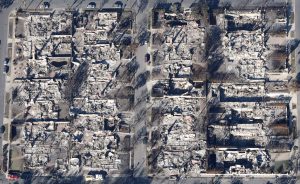
James: The biggest issue is that these homes are built in wildfire-prone areas. Fire is a natural part of chaparral’s life cycle. The best action to take to reduce fire risk to homes is to stop building them so close to wilderness. Building these homes so close to the hills also makes it more difficult for land managers to use controlled burns to reduce vegetation build-up.
Wyoming Star: Should there be stricter regulations on industries or practices that increase wildfire risk, such as utilities or deforestation?
James: Here we have the third part of the megafire triangle: ignition. If you have a hot day with plenty of dry, flammable fuel but no match, it is very difficult to have a fire. However, ignitions seem to get an outsized focus in the media and fire investigations. Investigators tend to blame a fire on the ignition source (lightning, arson, utility malfunction, or a random spark). However, if utility companies are held accountable for starting fires, then fossil fuel companies and government agencies should also be held accountable. Even if every single power line is buried, fires will still happen.
There were fires in the Los Angeles area before any people settled down, and there will be fires even if we put stricter regulations on utility companies. This is because ignitions are guaranteed over a long period of time as long as you have enough fuel and fire weather. Therefore, in my opinion, the best way to minimize the damage that fires like Palisades cause to human lives is to mitigate fossil fuel emissions and adopt more sustainable land management (less fire suppression, fewer houses built in fire-prone areas, and more controlled burns).
Wyoming Star: What role should federal funding and research play in developing solutions for wildfire prevention and recovery?
James: Most fire research in this country is funded by federal agencies such as the National Science Foundation (NSF). Without federal funding, it would become extremely difficult to develop tools for predicting wildfires and their spread. My advisor and I are funded by an NSF grant, and we are putting it to good use by developing a machine learning algorithm to predict summer fire risk in many heavily populated areas. If we did not have this NSF funding, this project would never have been made. There are plenty of other scientists doing something similar. For example, I met someone at a conference recently who uses their federal funding to test Maui fire victims’ water mains to ensure that the fires have not polluted their pipes. Without federal funding, people’s lives would be put at risk.
With input from the State of California, CalMatters, Wired, and Vox.

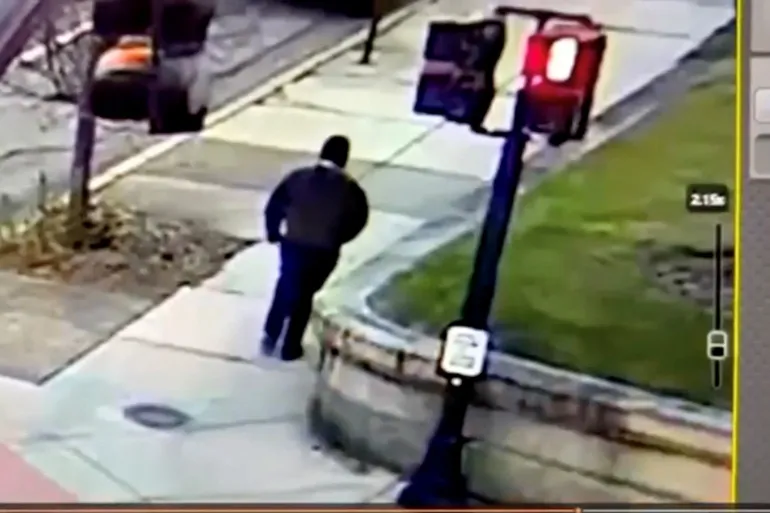

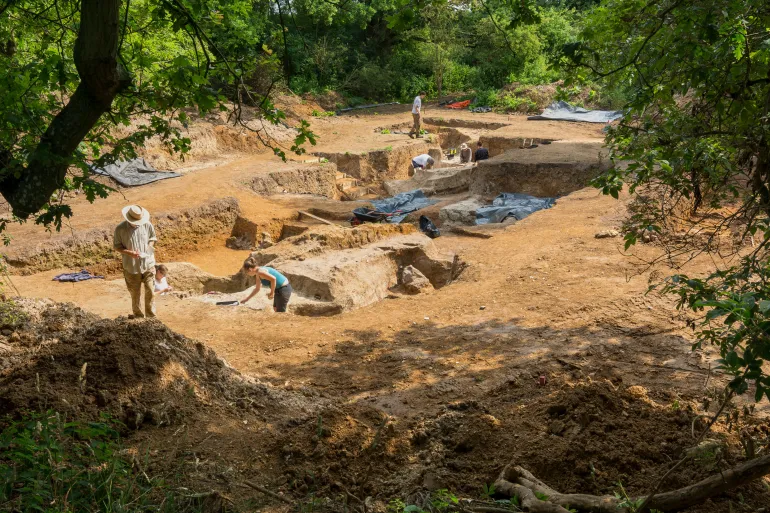



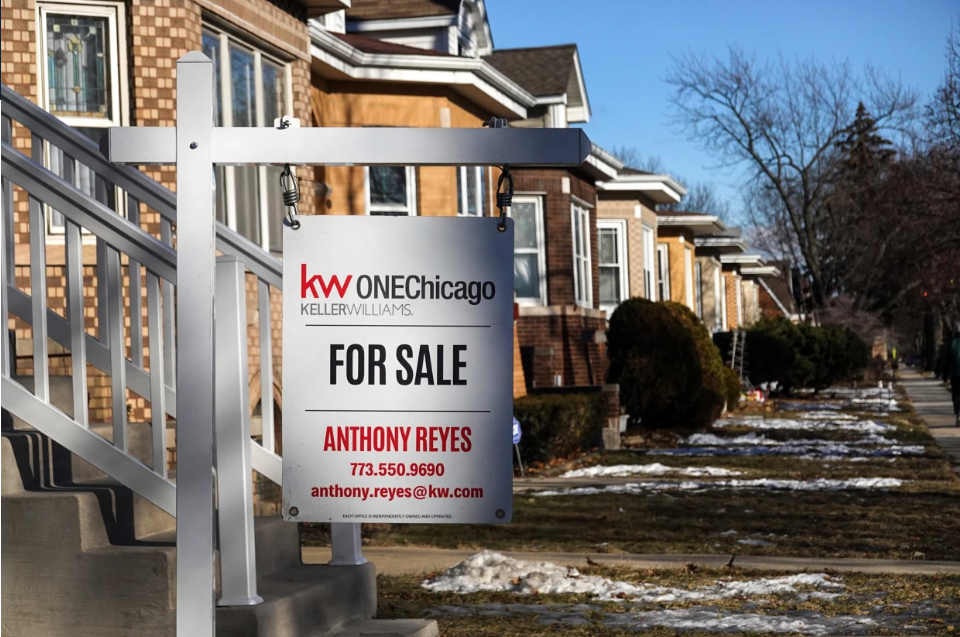
The latest news in your social feeds
Subscribe to our social media platforms to stay tuned